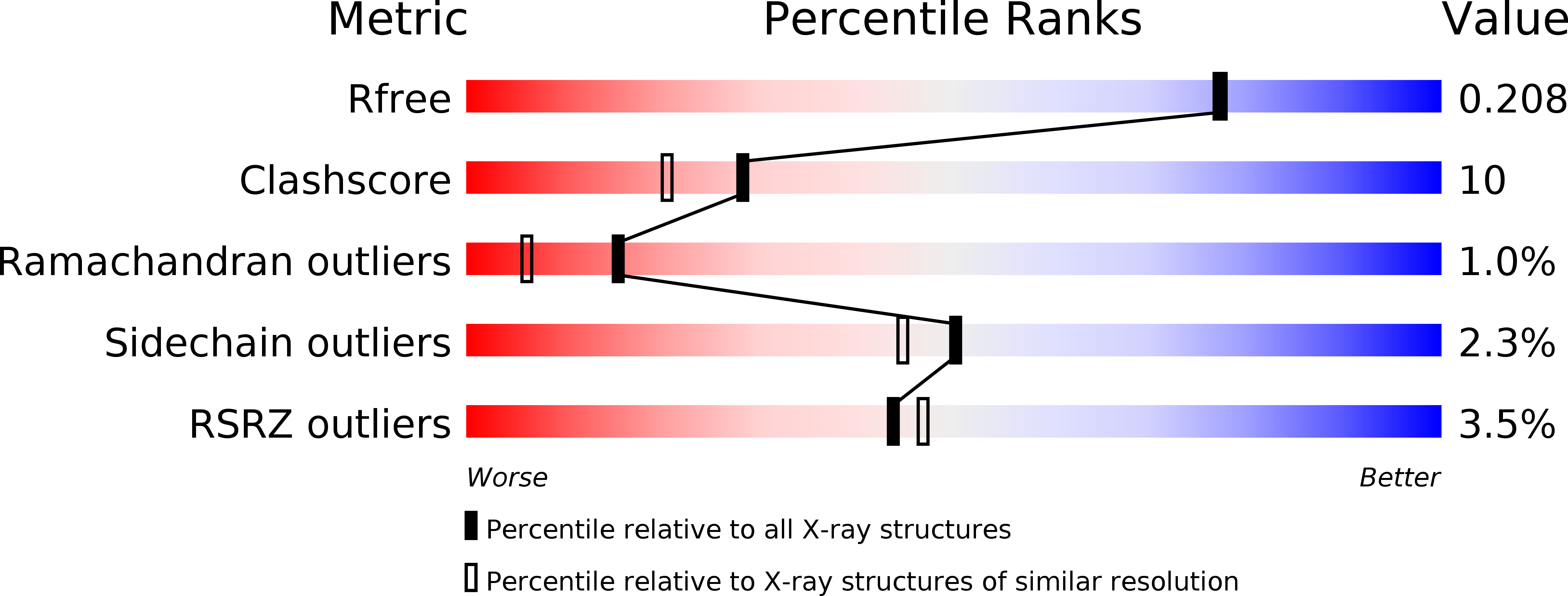
Deposition Date
2004-06-10
Release Date
2004-09-28
Last Version Date
2024-11-06
Entry Detail
PDB ID:
1TM2
Keywords:
Title:
Crystal Structure of the apo form of the Salmonella typhimurium AI-2 receptor LsrB
Biological Source:
Source Organism:
Salmonella typhimurium (Taxon ID: 99287)
Host Organism:
Method Details:
Experimental Method:
Resolution:
1.90 Å
R-Value Free:
0.22
R-Value Work:
0.19
R-Value Observed:
0.19
Space Group:
P 21 21 21


